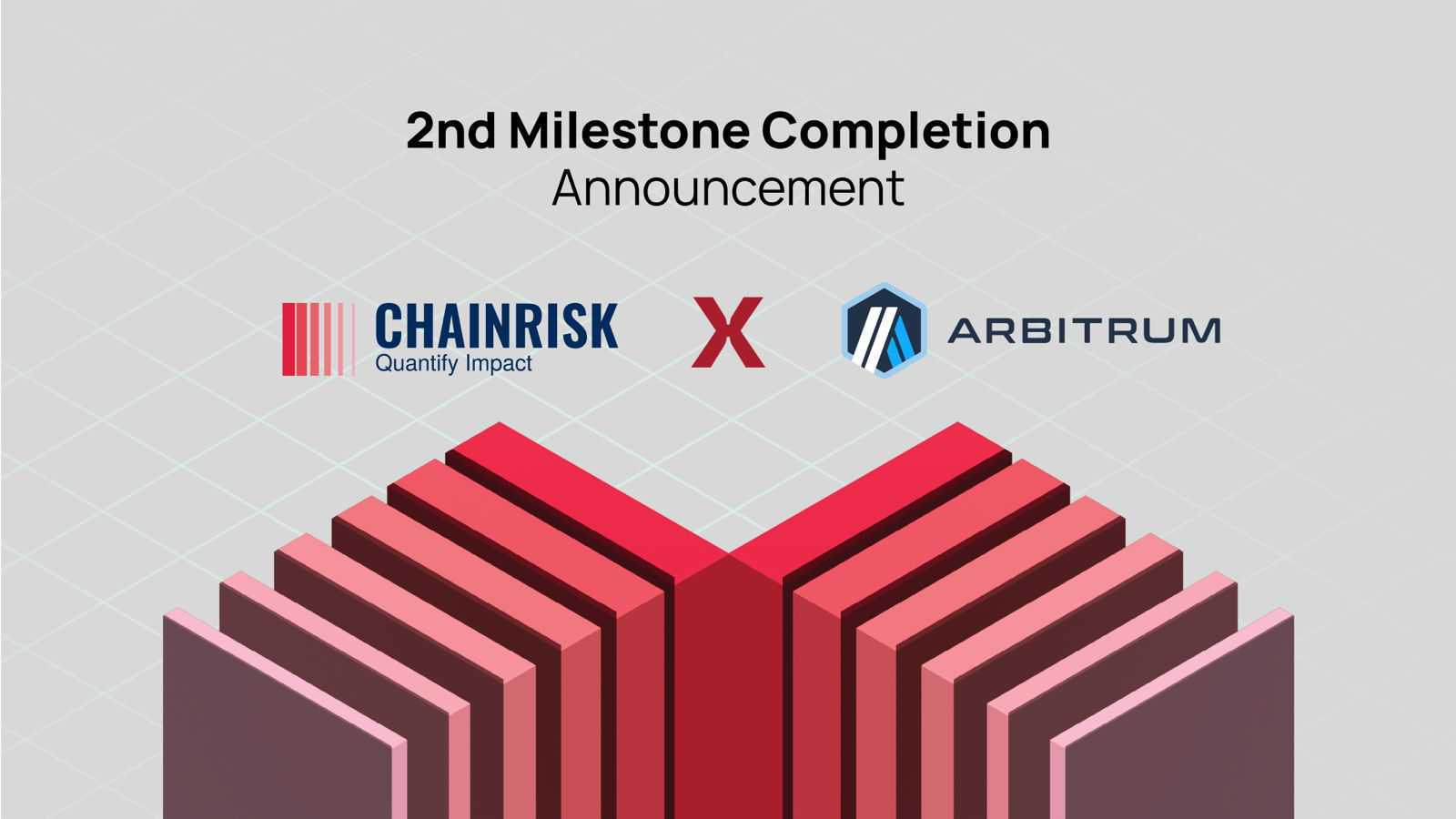
Arbitrum 3rd Milestone Completion Announcement
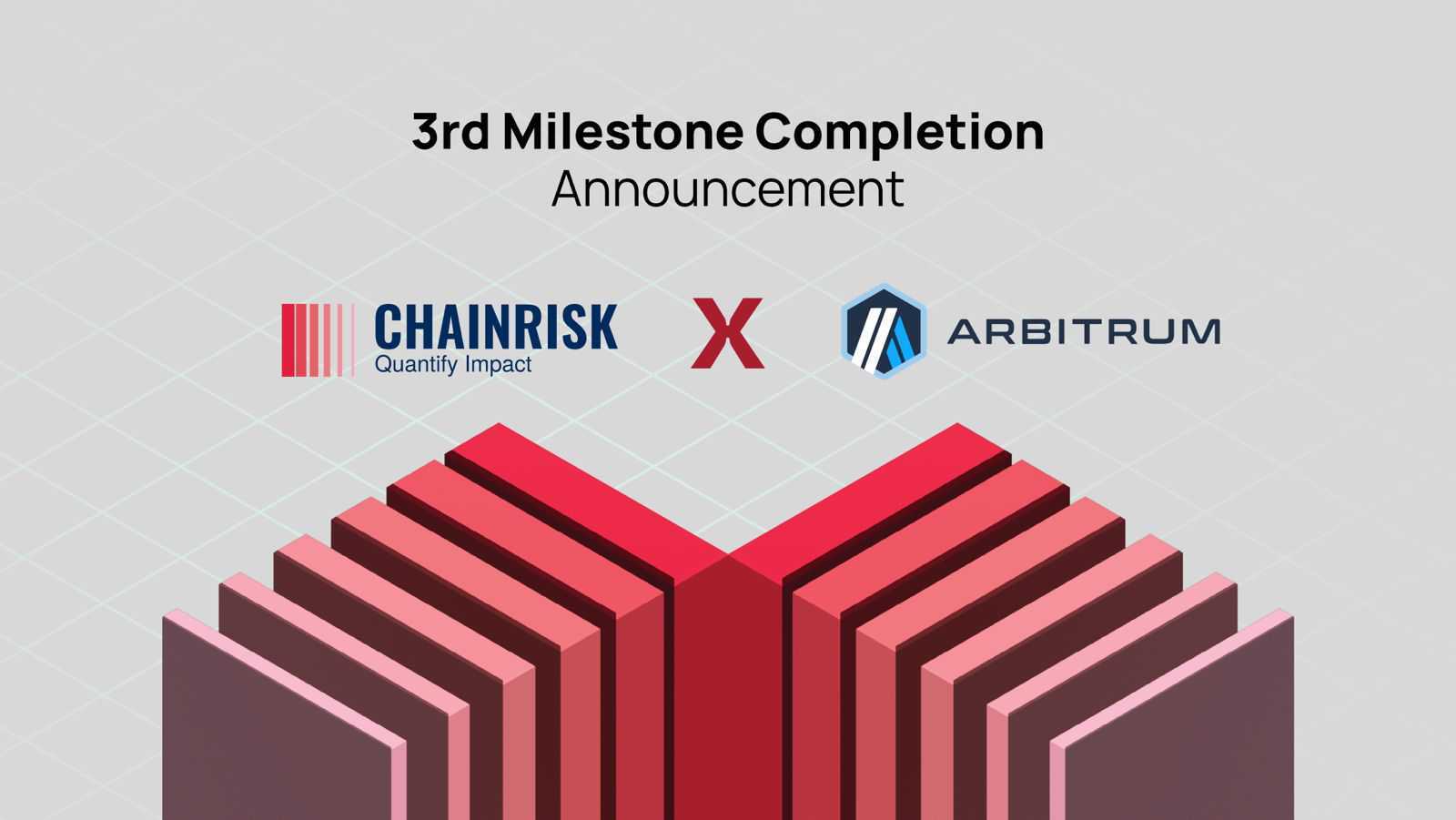
The primary goal of this milestone was to revamp the backend and cloud infrastructure to support large-scale Monte Carlo simulations. This effort is intended to provide more advanced and efficient ways to offer static parameter recommendations and incentive optimization strategies. The milestone sets out to improve the system’s ability to handle stochastic simulations, which involve predicting random price paths based on statistical models (particularly GARCH models and its variants, which capture volatility clustering and time variation varying stochasticity).
This milestone aims to allow the system to run multiple simulations simultaneously, ensuring scalability. Optimizations are also planned to increase the transaction throughput for extended simulations, enabling deeper analysis and minimizing network latency or timeout issues.
Backend and Cloud Infrastructure Redesign
The redesign focuses on enabling the infrastructure to support Monte Carlo simulations with higher computational capability. This scaling is critical to ensure that the backend can perform thousands of simulations concurrently while maintaining efficiency and reliability.
This technique involves running a large number of simulations to predict various outcomes and analyze potential risks in different market conditions. The infrastructure can manage the complexity of these simulations with a scalable backend.
Static Parameter Recommendations: Based on the statistical analysis of the simulation results, the system will provide parameter recommendations that can be applied to real-world scenarios to optimize decisions around market dynamics and risk management.
Incentive Optimization Strategies: In addition to parameter recommendations, the infrastructure aims to suggest incentive structures. By analyzing simulated behaviors, the system will identify ways to structure incentives that align with the desired market outcomes.
The redesign involves robust cloud infrastructure improvements. The system achieves higher resilience and faster processing times by distributing computing tasks across multiple cloud-based resources. This also includes optimizing data handling, queuing, and processing to support the extreme load from Monte Carlo simulations. Improving backend response times and data retrieval speeds is also essential for real-time analysis and visualization. Docker and Kubernetes are used to manage and scale these simulations, allowing the backend to dynamically allocate resources as simulation demands fluctuate.
Stochastic Price Path Creation
The goal here was to predict random price paths that can mimic actual market behavior. This is achieved by leveraging stochastic models, which models the systematic part of the randomness and uncertainty in price movements, allowing the simulations to better predict potential market trends and risks.
Algorithm Development for Random Price Paths
A key aspect of this task is to design an algorithm that generates stochastic price paths using GARCH parameters (Generalized Autoregressive Conditional Heteroskedasticity). GARCH models are widely used in financial markets because they account for volatility clustering (periods of high volatility followed by periods of low volatility) and time-varying volatility (where volatility can change over time).
The algorithm must incorporate these characteristics to ensure that the simulated price paths closely reflect actual market dynamics.
Validation of Price Paths
Once the algorithm predicts price paths, its accuracy and statistical properties are validated against historical data. This validation step ensures that the model is not only theoretically sound but also practically aligned with historical market behavior.
Validation criteria likely include statistical tests comparing the model-generated data with real-world data for key metrics like residual analysis, graphical interpretations, and bagging techniques.
Integration of the GARCH Price Paths
The GARCH-based price path is integrated into the backend to continuously supply the system with price path data that reflects stochastic characteristics. This price path acts as a reliable data feed, predicting consistent and real-time price paths for use in simulations.
The integration of this contract is crucial for enabling simulations that can dynamically adjust to changing market conditions, enhancing the system’s overall reliability and adaptability.
Scaling and Extending Simulation Capabilities
Here, the main focus was to increase the length and depth of simulations by boosting the system’s transaction processing capabilities and minimizing network-related delays. These improvements allow for more comprehensive simulations, essential for in-depth analysis and modeling.
Customized Anvil Infrastructure: The simulation environment is improved with customized Anvil infrastructure to increase throughput. Anvil was configured to optimize how transactions are processed, allowing simulations to run faster and handle more transactions without slowing down.
Revm Enhancements: Custom built Rust Simulation engine optimized to improve efficiency and execute transactions faster. These enhancements contribute to smoother simulations, especially those that involve complex interactions or high-frequency transaction scenarios. This setup reduces latency and allows the protocol states to be configured manually, ensuring that the simulations have a stable, controlled environment.
A Node server is set up to handle requests from the front end. This server handles all the client requirements from running and monitoring simulations to giving results data.
By initializing protocol states manually, the system can simulate real-world conditions without relying on live or forked states. This approach ensures consistency across simulations, as each one begins with the same predefined conditions, making results more reliable and easier to interpret.
Conclusion
Arbitrum’s third milestone focuses on upgrading the backend and cloud infrastructure for scalable, efficient simulations. Key enhancements include stochastic price path modeling and prediction, large-scale simulation support through Docker and Kubernetes, and responsive visualization via FastAPI. Optimizations in transaction throughput and networking enable extended reliable simulations. Together, these improvements empower Arbitrum to run detailed Monte Carlo simulations, offering valuable insights for parameter and incentive strategies, and reinforcing its infrastructure for advanced financial modeling and risk management.










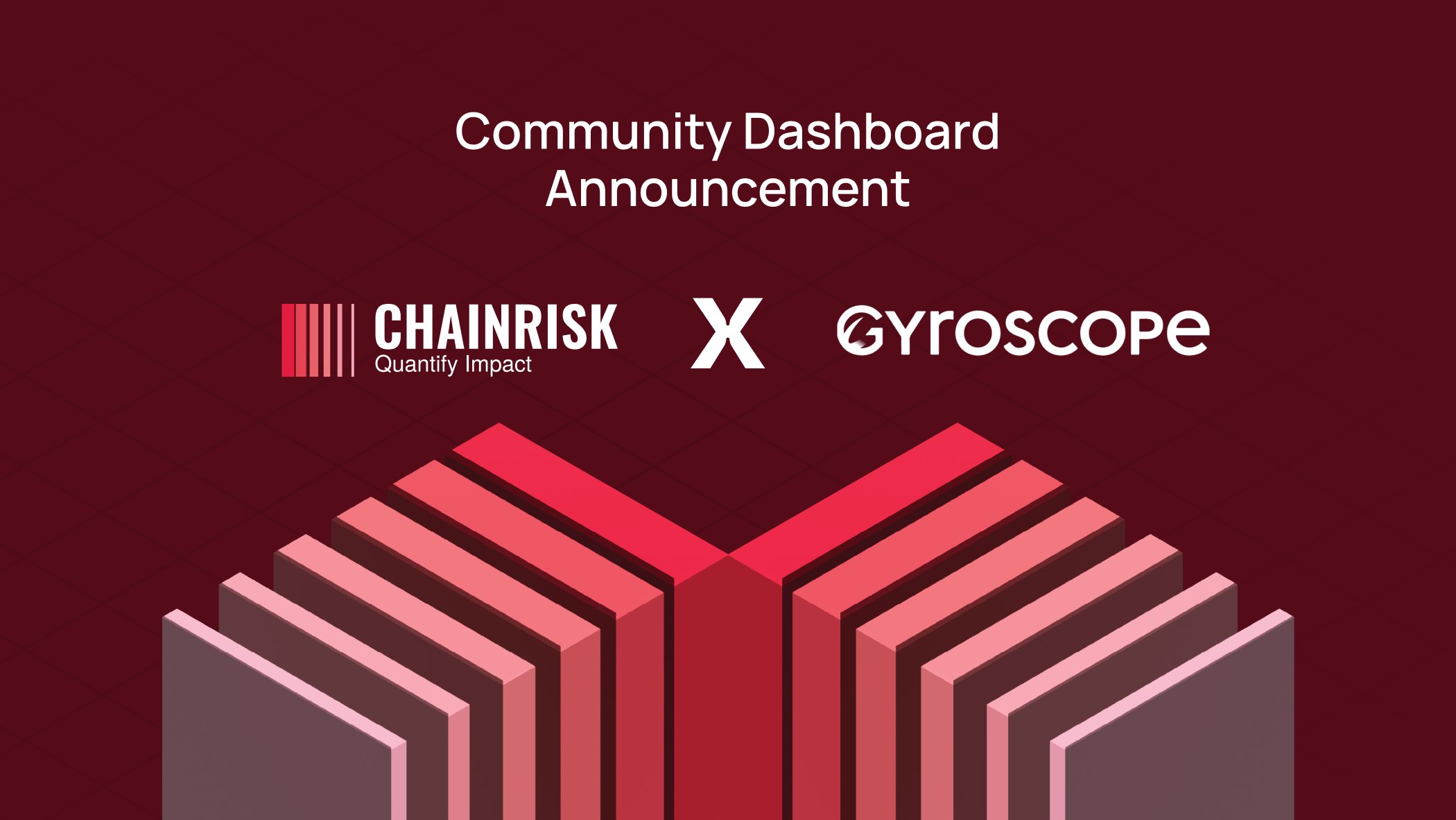

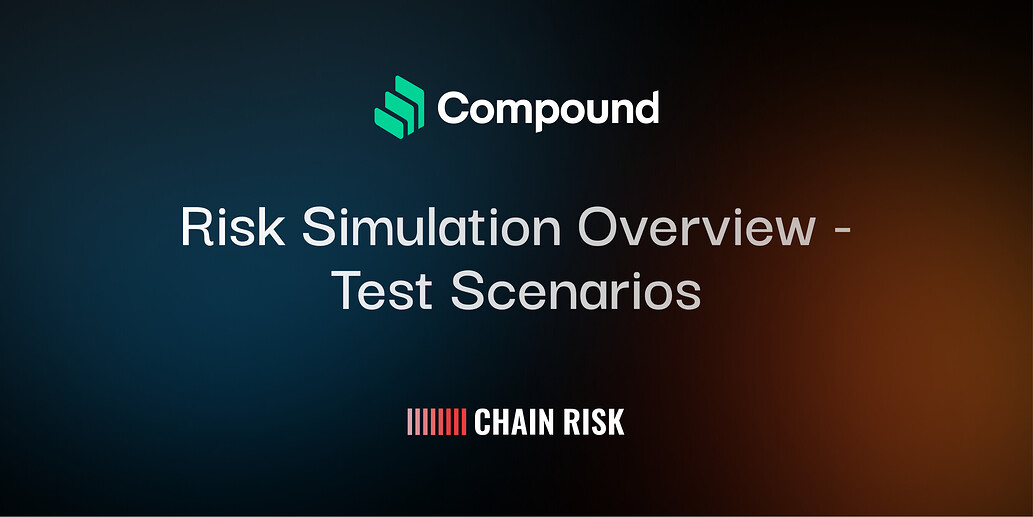
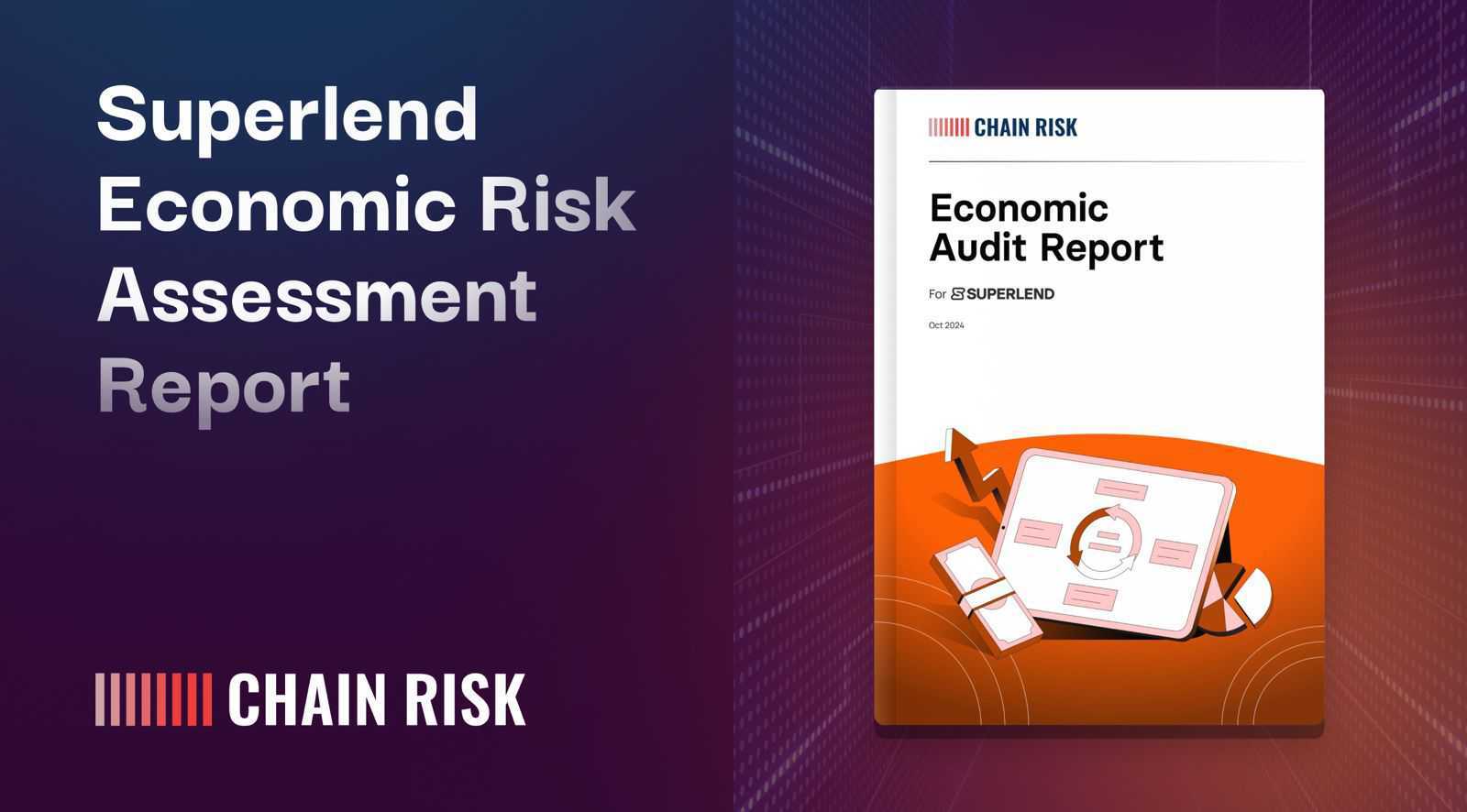

.svg)

.svg)
.svg)
